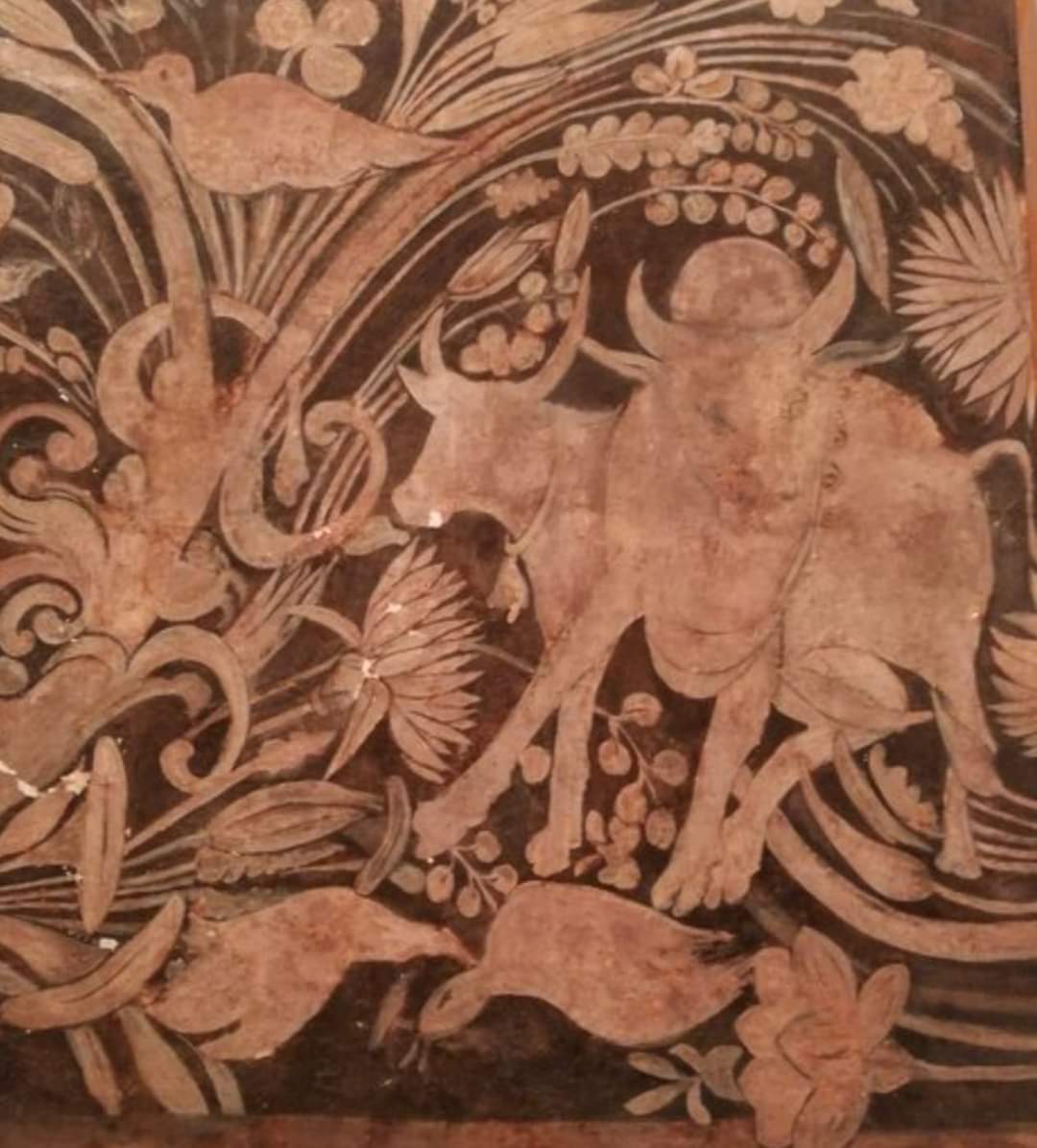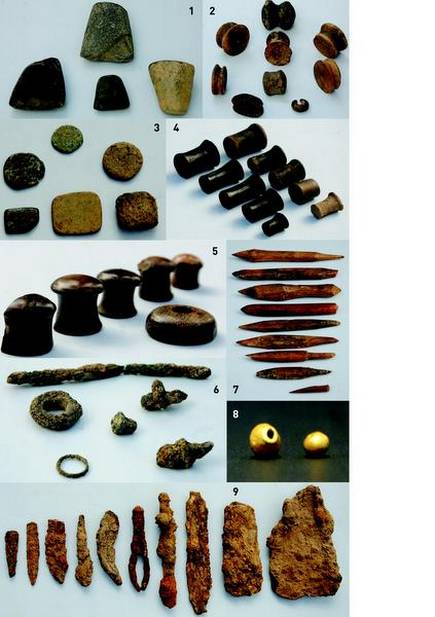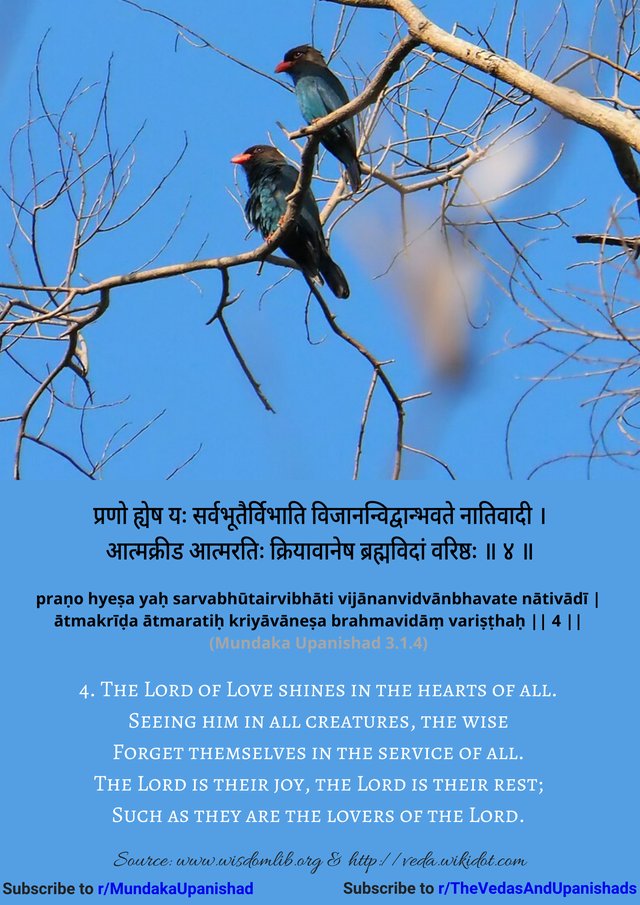
Do you know?
Bagh Gufa or Bagh Caves are a group of 9 rock-cut monuments, situated among the southern slopes of the Vindhyas in Bagh town of Dhar district, Madhya Pradesh. Renowned for mural paintings by master painters of ancient Bharat.

Bagh Gufa or Bagh Caves are a group of 9 rock-cut monuments, situated among the southern slopes of the Vindhyas in Bagh town of Dhar district, Madhya Pradesh. Renowned for mural paintings by master painters of ancient Bharat.


The use of the word Gufa or Cave is a bit of a misnomer for these monuments, since these are not natural, but instead excellent examples of Sanatani Rock-Cut Architecture similar to the more famous Ajanta and Ellora Cave Complex. 



This site posseses the most amazing paintings known to be made by ancient man.The sophisticated style of art that is seen in the paintings of Ajanta is also found in the surviving wall paintings and in fragments of murals in many parts of India. 



The cave painting technique used here was tempera. To smoothen the rocky canvas, the surface was first prepared with a gritty, reddish-brown mud plaster made of ferruginous earth, gravel, lime, and jute or hemp fibre. 



Over this,a second coat of 1 mm thick rough earth plaster was made&a primer of silica& lime applied.On this prepared surface,Buddhist-themed art was painted using pigments from earthen or mineral sources,while organic vegetable gum was used as a binding medium
#IncredibleBharat
#IncredibleBharat

• • •
Missing some Tweet in this thread? You can try to
force a refresh

























